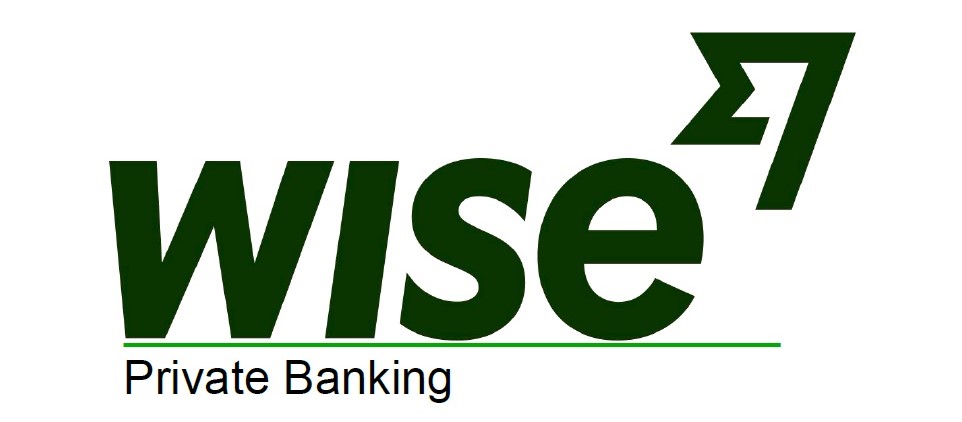Topics in focus
Recession, inflation, stagflation: Why clear language is particularly important now.
In discussions about the effects of the war on the world economy, the terms sometimes get mixed up. Clear language can help to organize the unclear situation.
A principle of good communication is: The more complicated a situation, the simpler the language should be to describe it. I’ve had to think about that a lot in the past few weeks. After all, new terms have been buzzing through the media almost every day since the outbreak of war in Ukraine. When they revolve around the further development of the world economy, it is particularly noticeable how confusing the situation is: is there hyperinflation? Is stagflation coming? Or is a recession imminent?
Using such words without explaining their precise meaning and differences encourages language confusion. Because the vocabulary is so often said and linked to forecasts on the further course of interest rate and tax policy, here is a brief overview of the connections – and the possible consequences of the war and the sanctions for the global economy.
Hyperinflation
Marcel Fratzscher, President of the German Institute for Economic Research (DIW) and one of the most popular economists, warned in an interview in the newspaper „Die Welt“ a few days ago that inflation „towards ten percent“ would be possible if the war escalated. He considers an inflation rate of just over five percent, as currently officially expected by the European Central Bank, to be too “optimistic”. The war in Ukraine could hit the European economy much harder.
A ten percent annual price increase, caused primarily by the massive increase in energy costs and food prices, would indeed be a great challenge for the population. The current discussion about the fuel price already gives a foretaste of the political debates to be expected in such a case.
But is that something like hyperinflation? We would be a long way from that, even with another surge in inflation. The US economist Phillip D. Cagan has been concerned with the causes and consequences of hyperinflation throughout his life. We also have him to thank for a generally accepted rule of thumb for when inflation becomes so „hyper“ that it can no longer be contained and the monetary system is immediately disrupted. It’s 50 percent. However, not annually, but monthly. Which in turn would correspond to an annual inflation rate of around 13,000 percent. The price of bread rolls then does not rise from 1 euro to 1.10 euros within a year, but to 130 euros.
Stagflation
The word stagflation, which many market observers are currently talking about, also contains the word inflation. In addition, there is stagnation. And that is exactly what the term describes: economic stagnation combined with high inflation, as in the 1970s. At Julius IPB, too, we think such a scenario is likely and have recently issued several warnings about the risks of stagflation.
But how does stagflation actually occur? Inflation usually occurs as a result of an economic boom. When demand for goods and services exceeds supply, prices rise. The opposite happens in phases of economic weakness: the desire to consume dwindles, there is little money in circulation and prices fall. A stagflation contradicts this logic. It therefore does not arise because of a change in demand, but on the supply side. This is exactly what we are experiencing in two dimensions: First, the pandemic has damaged production and supply chains. And now, due to the war and sanctions, the supply of oil, gas, coal and agricultural goods is shrinking, causing prices to rise sharply.
A downward spiral of falling demand, falling production, rising unemployment, a corporate credit crunch and much more looms. Such a scenario is difficult for central banks to get a handle on, because whatever they do in this situation can turn out to be a political error. If the central banks can no longer help, the states, among others, are called upon. This is exactly what the current economic policy debates are all about.
Recession
The supply could become even more scarce in the coming weeks, for example if the international community decides on even more far-reaching sanctions and no longer buys oil, gas and coal from Russia. Then there is also the threat of a further economic escalation, namely high inflation combined not only with weak growth, but with a real recession – i.e. with a shrinking economic output. This is now a perfectly conceivable scenario, especially for Europe. It is historically without precedent and a term for it has not yet been found. Receflation might be an appropriate word.
Conclusion
Inflation, stagflation, recession: none of these terms describe precisely what economic scenario we might be running into in Europe in the coming months. It is all the more important to be aware of the choice of words, to understand their meaning – and if in doubt, to describe what is coming in concrete terms instead of just throwing a „buzzword“ into the room.

